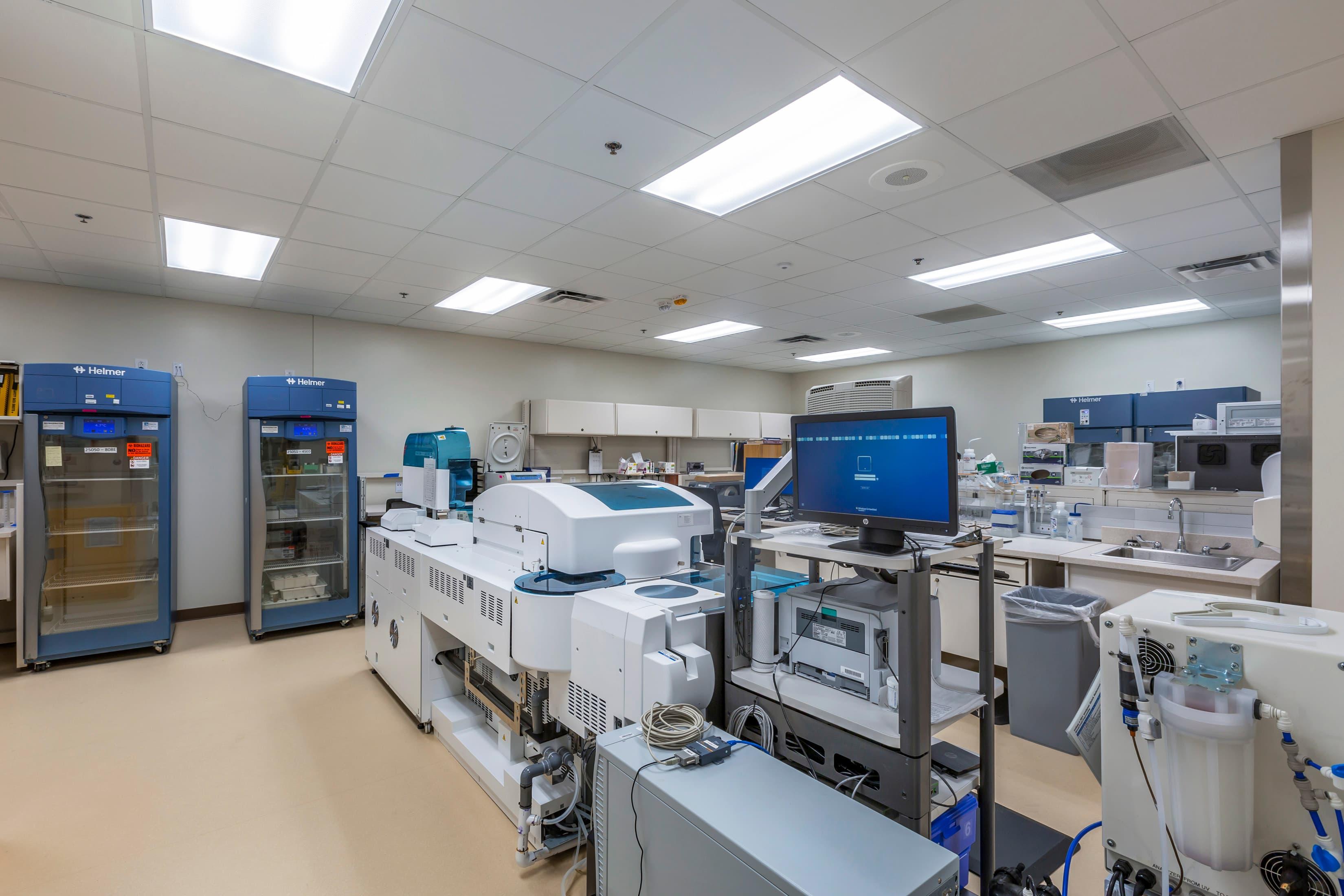Blog
Engage with LMI thought leaders as they present timely insights, research and innovation, company news, culture stories, and perspectives on a variety of issues and topics.
-
 Blog
BlogMarch: National Ethics Awareness Month and the Use of a Medicare Voluntary Advance Directive Framework
Driving innovation for a better tomorrow, LMI offers advanced analytics and digital capabilities and a dedication to enhancing public health, making it a uniquely qualified choice to develop a Medicare Voluntary Advance Directive Framework.
-
 Culture News
Culture NewsEmployee Spotlight: Meet Jamechia D. Hoyle
LMI has by far been my favorite place to work. It is an amazing feeling to show up in the work environment as your “whole self.” I feel valued and a part of a culture that is not only committed to the mission, but also committed to the workforce.
-
 Innovation at the Pace of Need™
Innovation at the Pace of Need™Where Insight Meets Innovation
Possibility starts with people. Our project teams push the boundaries of capability for our customers. We integrate extensive federal expertise with emerging technology experts to rapidly develop creative solutions.
-
 Culture News
Culture NewsEmployee Spotlight: John Bogdan, Principal, Biology
John Bogdan, LMI biology principal, is a widely recognized leader and subject matter expert in vaccines and therapeutics for infectious disease. Discover how his love of science links his professional career of solving complex problems to his personal life and even as he mentors aspiring science students.
-
 Insights
InsightsLogistics Decision Dominance
Now is the time to turn significant attention and resources to maintaining our logistics advantage.
-
![Group photo from the USFS lichen biomonitoring training in the Rouge River–Siskiyou National Forest. Lower row (left to right): Ashley Rivero (LMI), Bri Bernstein (U.S. Forest Service [USFS]), and Amanda Hardman (USFS). Upper row (left to right) Jennifer Brown (LMI), David Walls (LMI), and Teresa Bird (USFS).](/sites/default/files/styles/p_listing_grid_card_image/public/2023-05/Screen%20Shot%202022-10-04%20at%209.27.03%20AM.png?itok=J5ARKZ4P) Innovation at the Pace of Need™
Innovation at the Pace of Need™LMI Team Receives Specialized Biomonitoring Training
LMI’s environmental planning team (Jennifer Brown, Ashley Rivero, and David Walls) completed lichen biomonitoring training sponsored by the U.S. Forest Service, Region 6. The team spent three days in the Rouge River–Siskiyou National Forest’s Kalmiopsis Wilderness, where they learned how to set a biomonitoring plot, calculate tree density, identify lichen plant communities, set abundance scores, and collect tissue samples for analysis.
-
 Perspective
PerspectiveInitial Outfitting Support to Military Health Facilities
LMI helps Ireland Army Health Clinic at Fort Knox, KY, open its doors.
-
 Insights
InsightsValue-Based Care: Efficient, Effective, and Transparent
Value-based care improves the fee-for-service model by controlling rising costs and offering greater price transparency for patients.
-
 Insights
InsightsWe Need to Talk About Employee Burnout in the Public Sector
Burnout is costly for everyone involved. Here’s how the public sector can minimize the impacts and create an environment that fosters productivity through employee wellbeing.

Sign Up for Our Newsletter
Sign up to receive news and updates from LMI.
